
Yijianuo Machinery's Filling and Sealing Systems provide solutions for filling and sealing pre-made containers such as cup tray box bowl etc. Yijianuo's filling and sealing systems offer solutions for high output filling and high productivity, high-volume contaienrs filling applications.
Using high technology such as a micro-computer display and easy to touch panel, the machine can be easily performed operation and maintenance. Automatic control of a series of processes from falling, filling, sealing, pacakging and finished products.
The main part of the machine is made of stainless steel, which can ensure the durability of the machine and the hygiene of the production line. The filling area and aluminum mould can be cleaned with water, and it meet the requirements of food production safety.
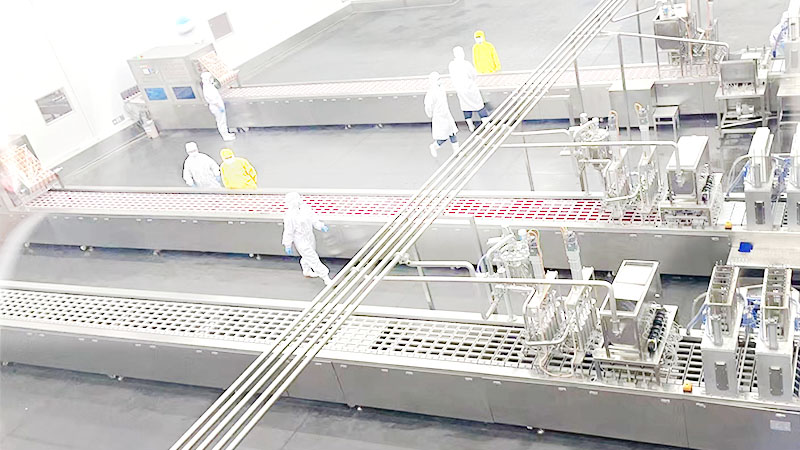





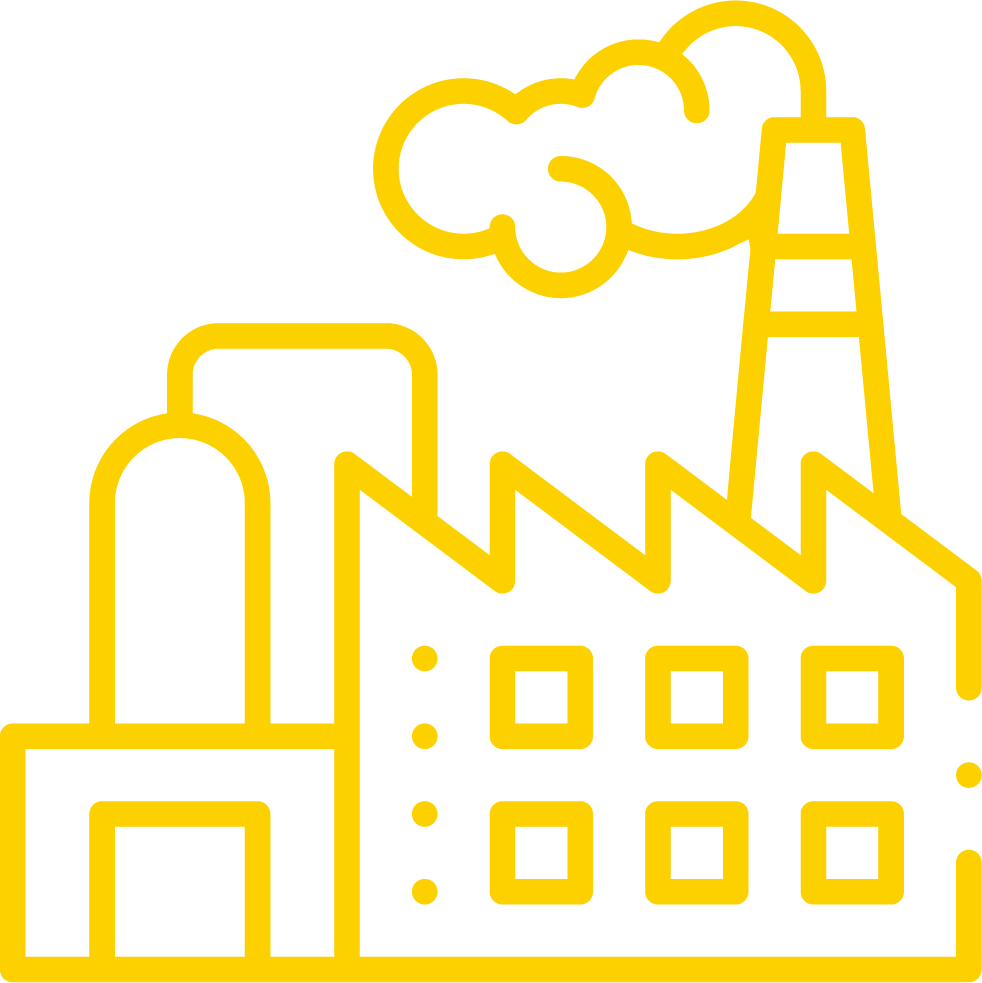
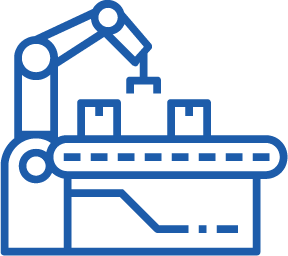
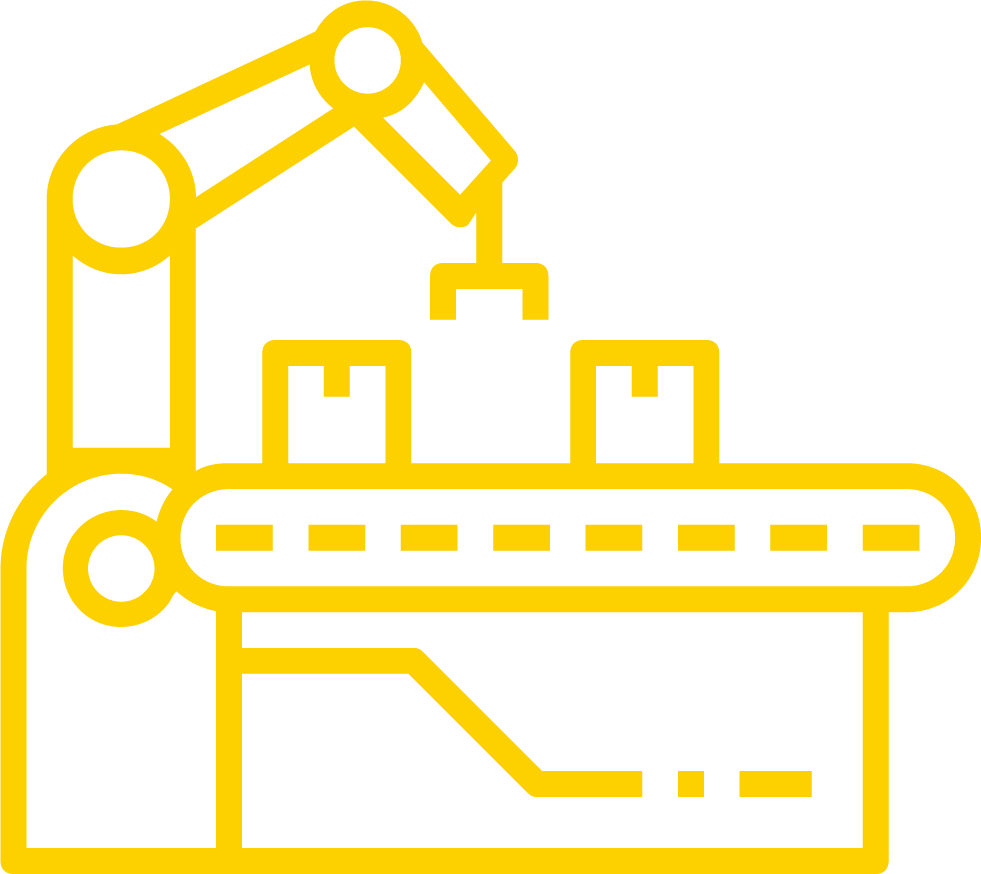



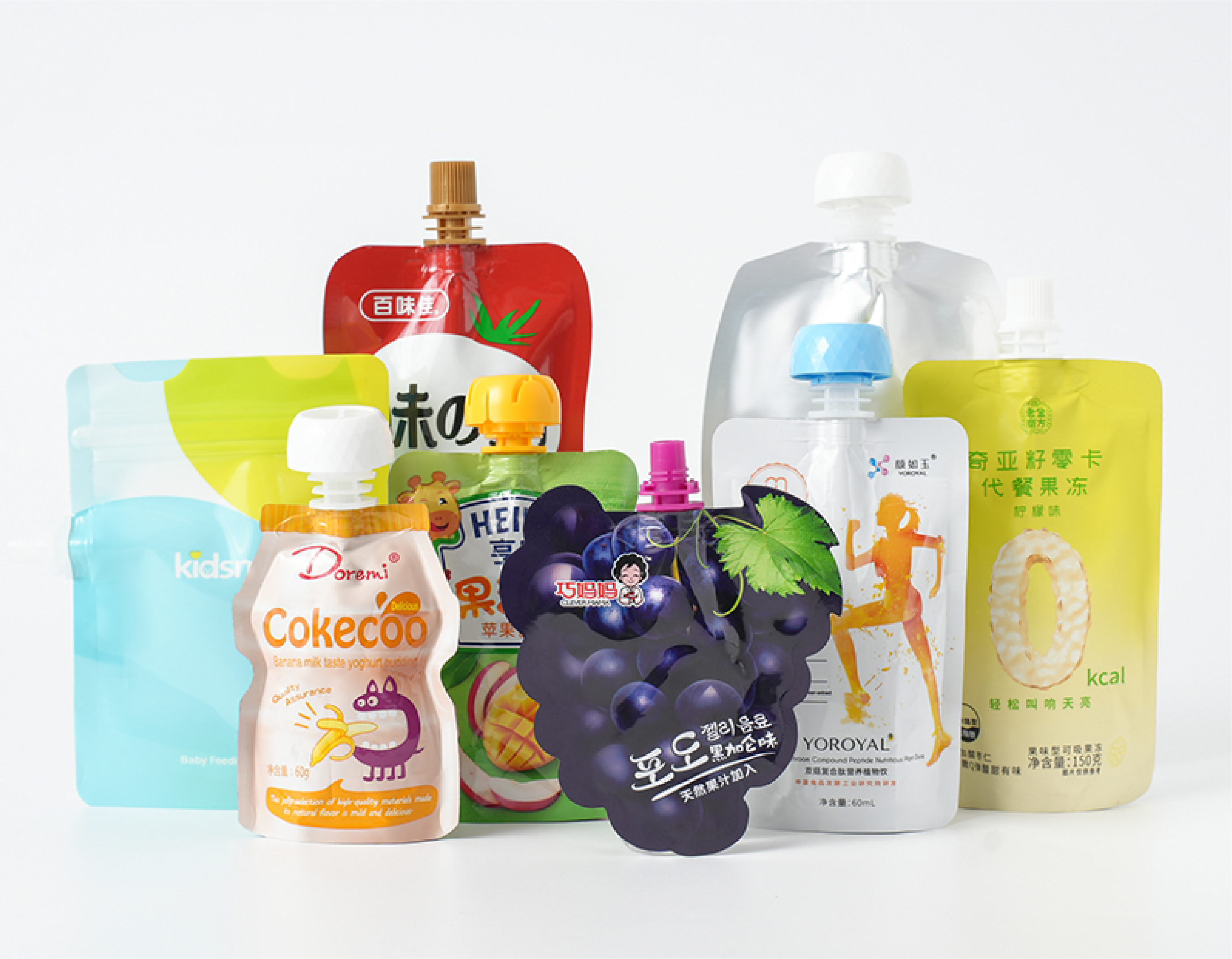

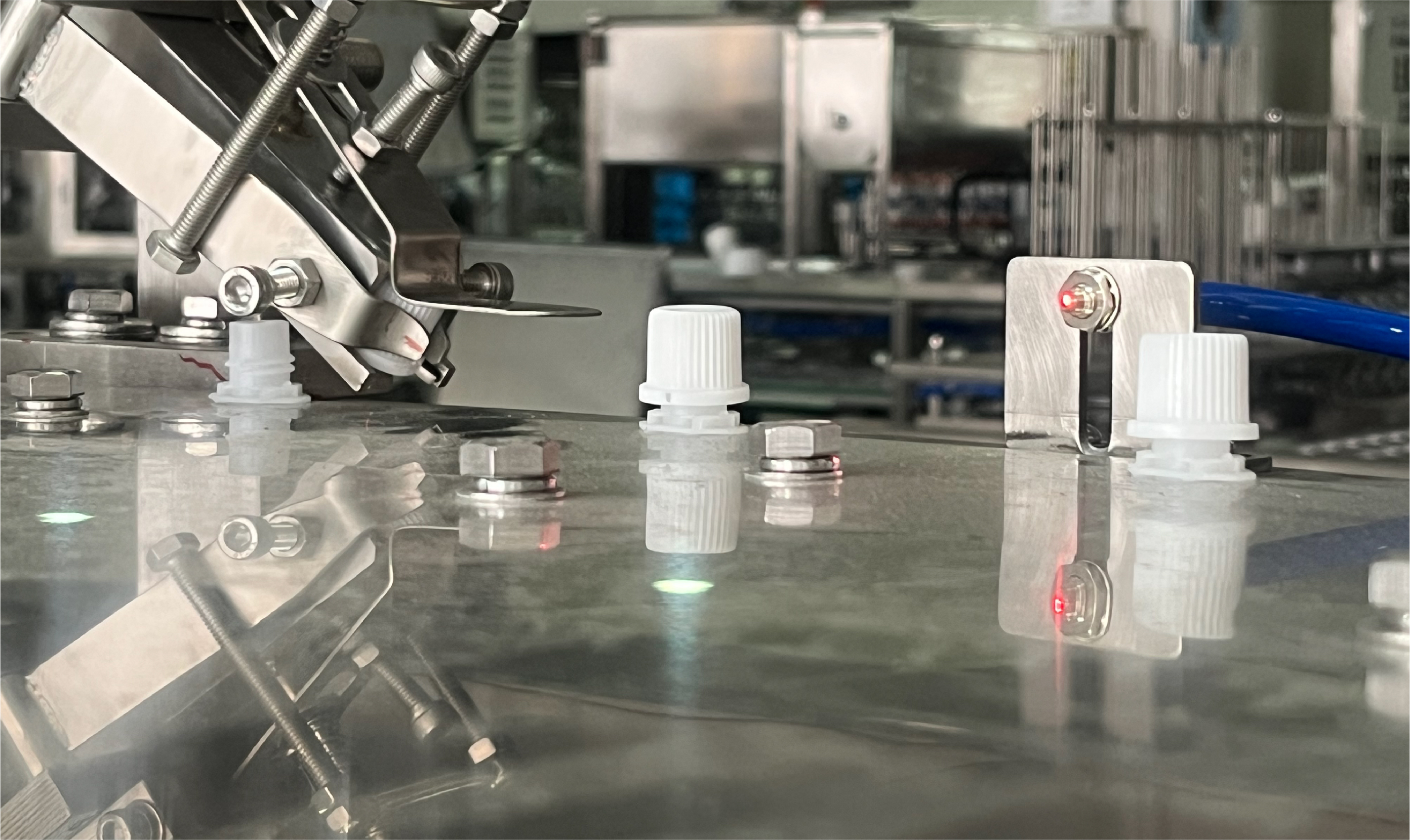
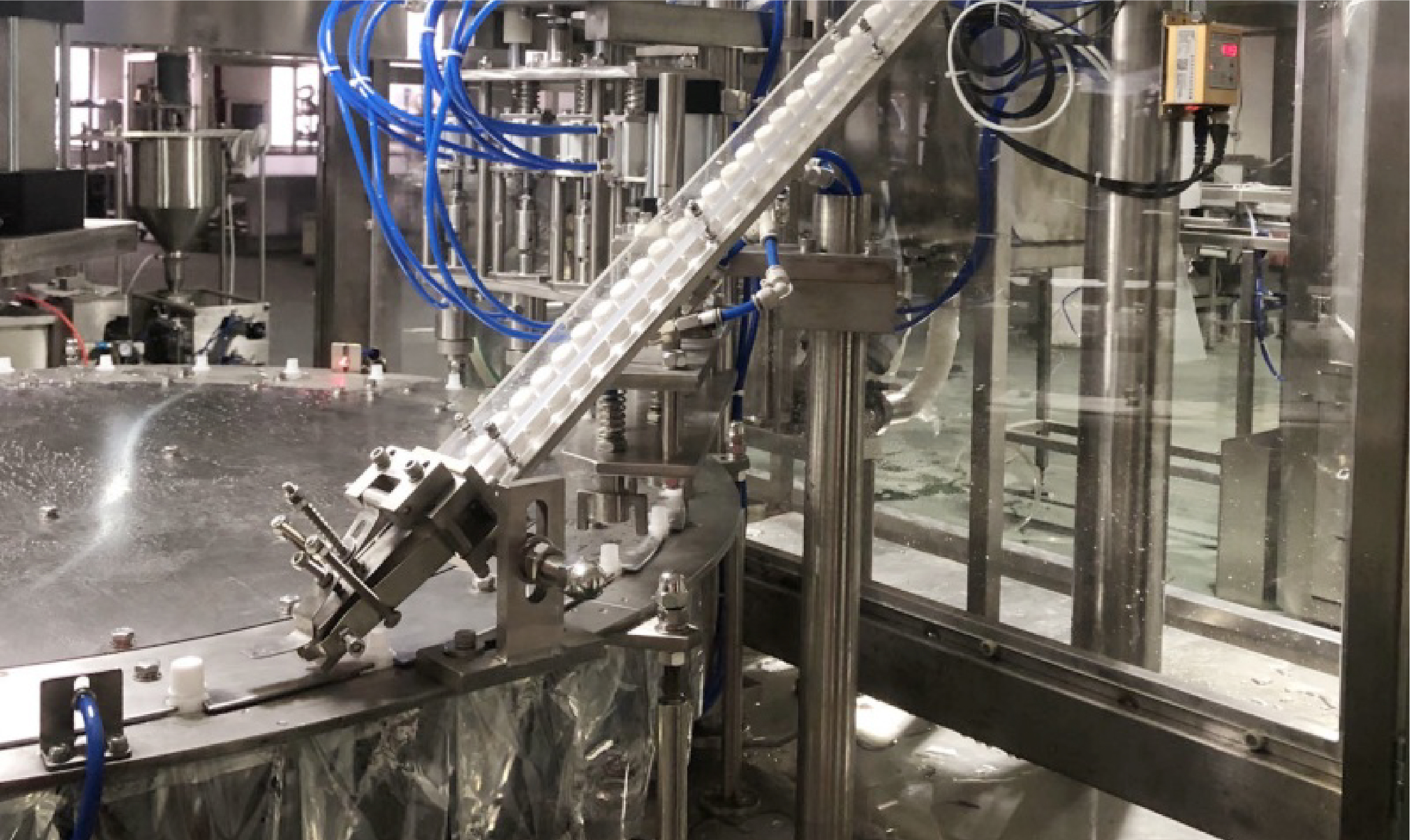
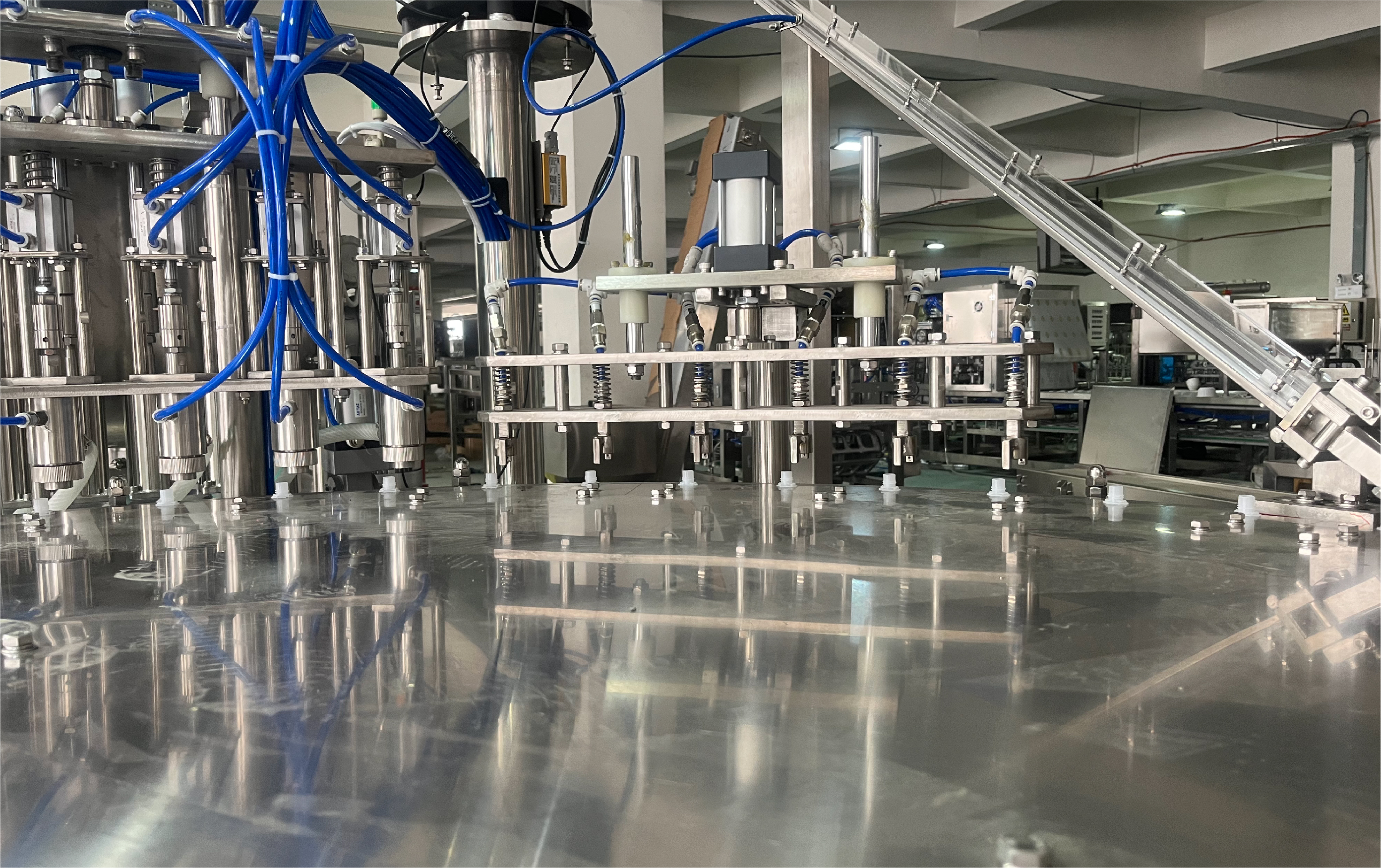



A fully automatic spout pouch filling machine is the best spout pouch filler today. It saves time and ensures precision as it does both the filling and capping in one operation. Because fewer people will be needed to operate the machines, businesses may save money on labor costs. Workers may focus their efforts elsewhere now that there is less to accomplish.
A spout pouch filling machine works by automating a step-by-step process: pre-made pouches are fed into the machine, where they are opened, filled with a measured amount of product (liquid, powder, or semi-liquid) using a specific filling nozzle, heat-sealed or ultrasonically sealed to the spout, and then capped securely. The machine uses sensors, vacuum tubes, conveyor clamps, and PLC control to ensure accurate filling, sealing, and capping, often including a final quality check before the finished product is discharged for further processing or shipping.
Spout pouch fillers achieve precise filling through servo-controlled dosing systems, which accurately dispense products based on volume or weight, and no-pouch, no-fill technology to prevent waste. Automated machines use precise positioning and filling nozzles to control speed and ensure consistent volumes, while advanced quality control systems like sensors and vision systems verify accuracy and eliminate defects.
A machine regulates its production rate by automatically adjusting its speed and process flow based on real-time data, feedback loops, and pre-programmed algorithms, while also optimizing for efficiency, minimizing downtime, and controlling factors like material input, energy use, and task completion to maintain consistent quality and output.